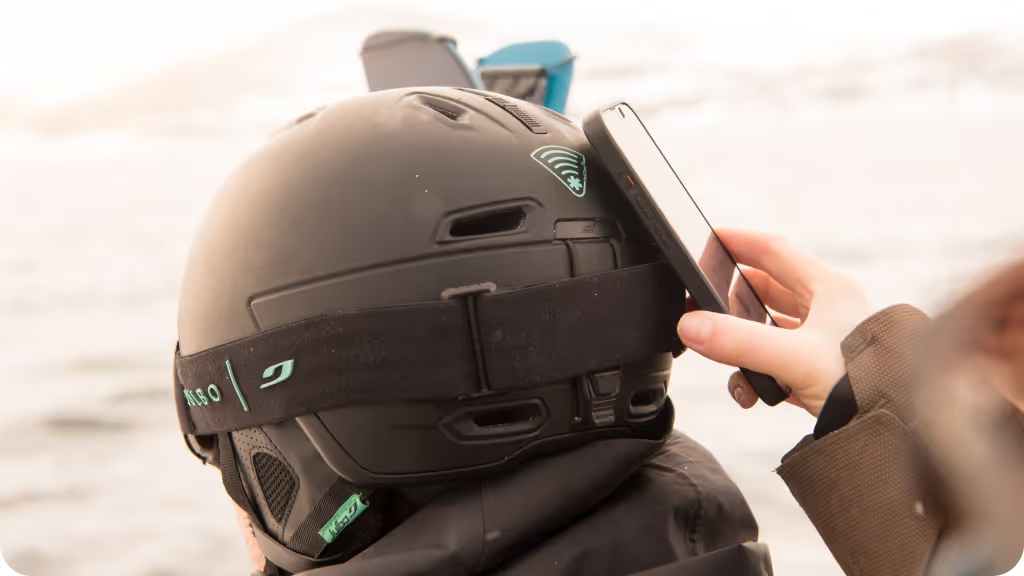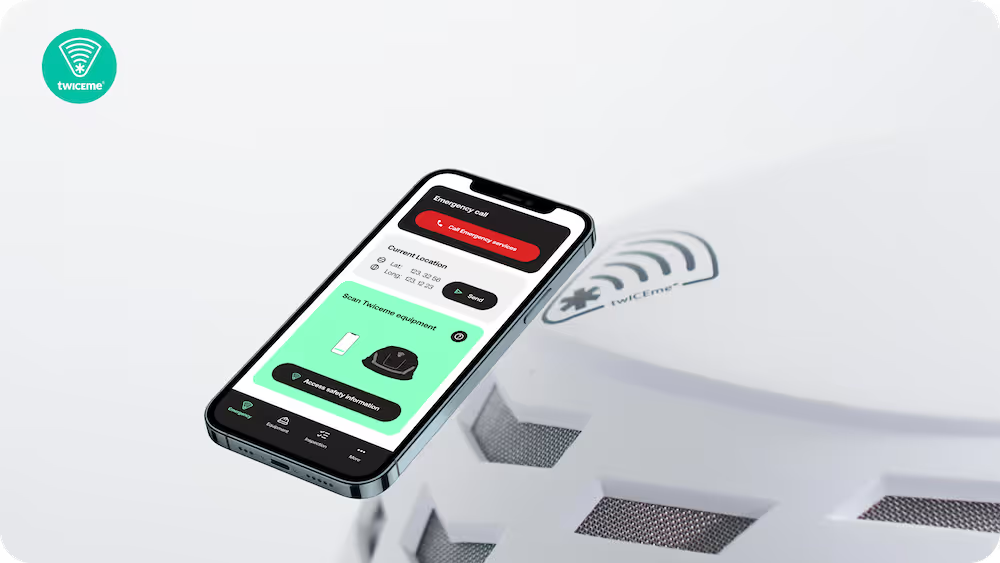The Future and Trends of Integrated Equipment
People today are more aware than ever when it comes to safety. How are the leading players in the field acting to meet this trend? As ISPO 2020 in Munich just happened last week, we figured it was a good time to find out.

People today are more aware than ever when it comes to safety. The safety mindset influences consumer decisions ranging from the next car to the next ski helmet. When asking avid skiers and former professionals, for example, they point out that wearing a helmet a couple of years ago was seen as borderline uncool whereas today you won’t see many people on the slopes without some type of head protection. This is not just within skiing either as the trend rings equally true in biking, climbing, horseback riding, and many other industries.
As people become more used to wearing protective equipment, they also place higher demands on producers to innovate to achieve ever-safer helmets. This has led to a development in the industry where brands use so-called ingredient brands to secure continuous development and innovation without having to commit the often extensive resources to do so themselves in-house.
Based on a recent visit to the ISPO fair we asked a couple of experts in the field what their take on this is and where they see the market going. These are the answers we received.
Fredrik Kjellberg, Chief Marketing Officer, MIPS
At MIPS, Fredrik Kjellberg is today the Chief Marketing Officer and possesses vast experience working with some of the finest sporting goods and outdoor brands in Europe. Below are his thoughts presented:
Q - How do you think MIPS has played a role in making today's customers more aware of what type of helmets to purchase?
A - The harm that rotational forces have on the human brain has been known for quite some time, and by creating a solution to address that problem and making that technology available to everyone MIPS has certainly put rotational forces on the map and as a consequence of that consumers are now requesting helmets that provide better protection for the brain.
Q - For future development of helmets; how big a role do you think integrated safety features e.g. MIPS, Twiceme, Boa, Fidlock, etc. will play when producing attractive equipment for the customers?
A - Evolution has proven over and over again that specialization is a key success factor for progression. This can be seen in nature as well as in the more and more complex business environment we are navigating. At Mips, we have more than 40 people working full-time to make helmets safer, and obviously, all companies can’t set that many resources aside to focus on one problem. But as an ingredient brand, we can provide that knowledge to everyone, and by that make safer helmets available to all consumers.
Q - For future development of helmets; what will be the common parameters of the most successful safety features to integrate?
A - That they provide a clear benefit to the consumer and can be implemented successfully into any helmet without compromising things such as fit and ventilation.
Bastien Dietz, Community Manager, ISPO
Bastien Dietz is today the Community Manager for one of the largest outdoor fairs ISPO within segments like e.g. bike and snow sports. Before his role at ISPO, he was the global marketing manager within the bike and moto segment. Below are the stated questions presented together with his answers:
Q - How big a role do you think integrated safety features e.g. MIPS, Twiceme, Boa, Fidlock, etc. will play when producing attractive equipment for the customers?
A - Very important because if these are established ingredient brands, the self-explaining key features are adding comfort, adjustability, and/or safety to all medium to high-priced models, low-end/budget-oriented models will either feature max 1 ingredient tech/brand or manufacturer will integrate me-too technology.
Q - What will be the common parameters of the most successful safety features to integrate?
A - Cheap on OEM side, easy to understand on wholesale as well as easy to understand & use on the end-consumer side.
Kai Peter, Product Manager, Scott Sports
Literally growing up on the ski slopes, Kai Peter possesses great knowledge and experience as a skier. Today, he works as a Product Manager at Scott aiming to develop the best snow equipment for their customers. Questions and answers to him can be seen below:
Q - When buying a ski helmet, how much do you focus on integrated safety features (like MIPS)? Is there a difference from a few years ago?
A - 100% Yes, New technologies allow additional: security, performance, comfort, adjustability, materials, colors, shapes, etc. People look at all these points and more when buying a helmet. Especially because helmets are getting more expensive and can save from severe head injuries and in some cases death (people were more aware of helmets after the Michael Schumacher accident).
Q - From your experience in the rescue community and growing up in a ski area, what are the most important safety aspects when skiing?
A - I have many situations where I have gotten head injuries, as I do a lot of freestyle and freeride and forest skiing. I believe the biggest threat skiing these days is other people, I have seen big crashes in between skiers and that is where I have seen the most damage. For me, head/spine/knees are the most common injuries when skiing. Another point is that most people have no idea of the dangers when off-piste, most don’t even know their location and just end up following tracks. They have no avalanche experience, gear, or skiing skills for certain areas. This puts themselves in danger and other riders in the area.
With the insights from these top experts. We will hopefully see an improved amount if integrated and general focus on safety being considered for future helmets and other safety equipment. We have more information about Twiceme in the future, that you can read here.
Discover More Exciting Content.
Explore more related articles
.avif)
Twiceme Sets a New Standard in Digital Safety with Twiceme 2.0 Update

Twiceme Wins BLT Built Design Award for Safety and Workers Gears
.jpg)
Twiceme Names Fredrik Kjellberg as its First Chief Marketing Officer

Twiceme Joins the International Safety Equipment Association (ISEA)

Unlocking Growth in the Action Sports Industry: A Conversation with Lance Ohrazda
